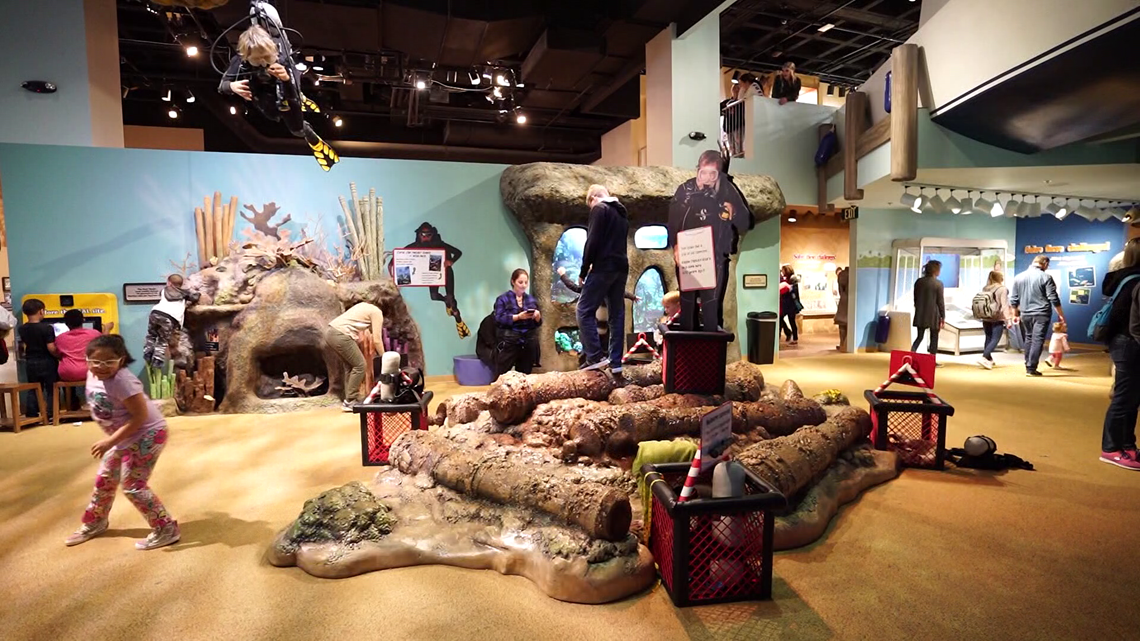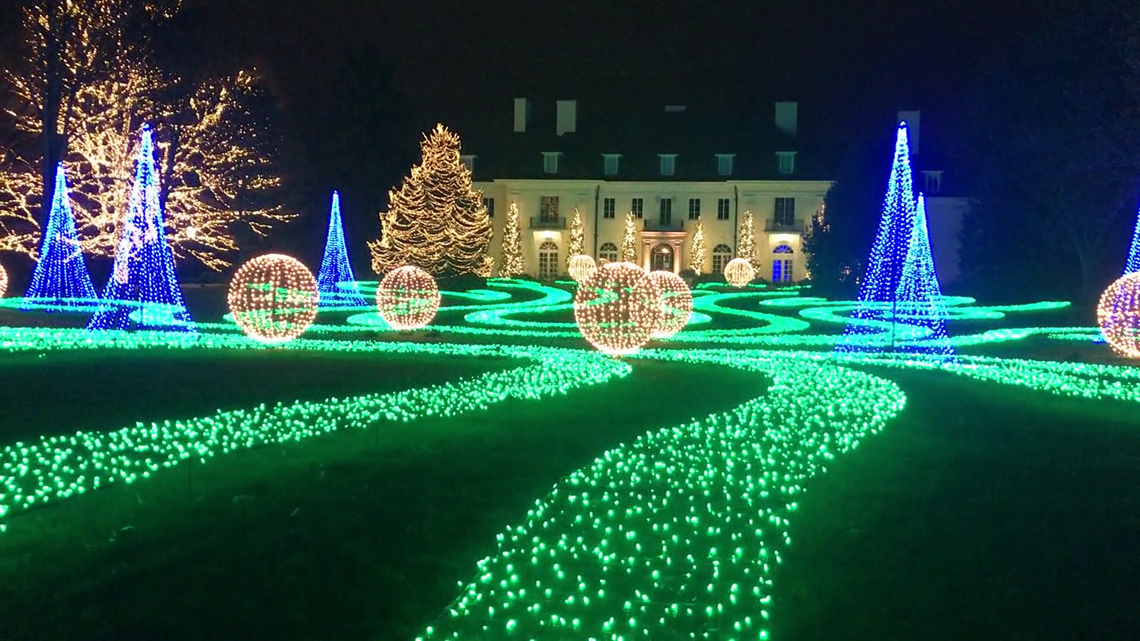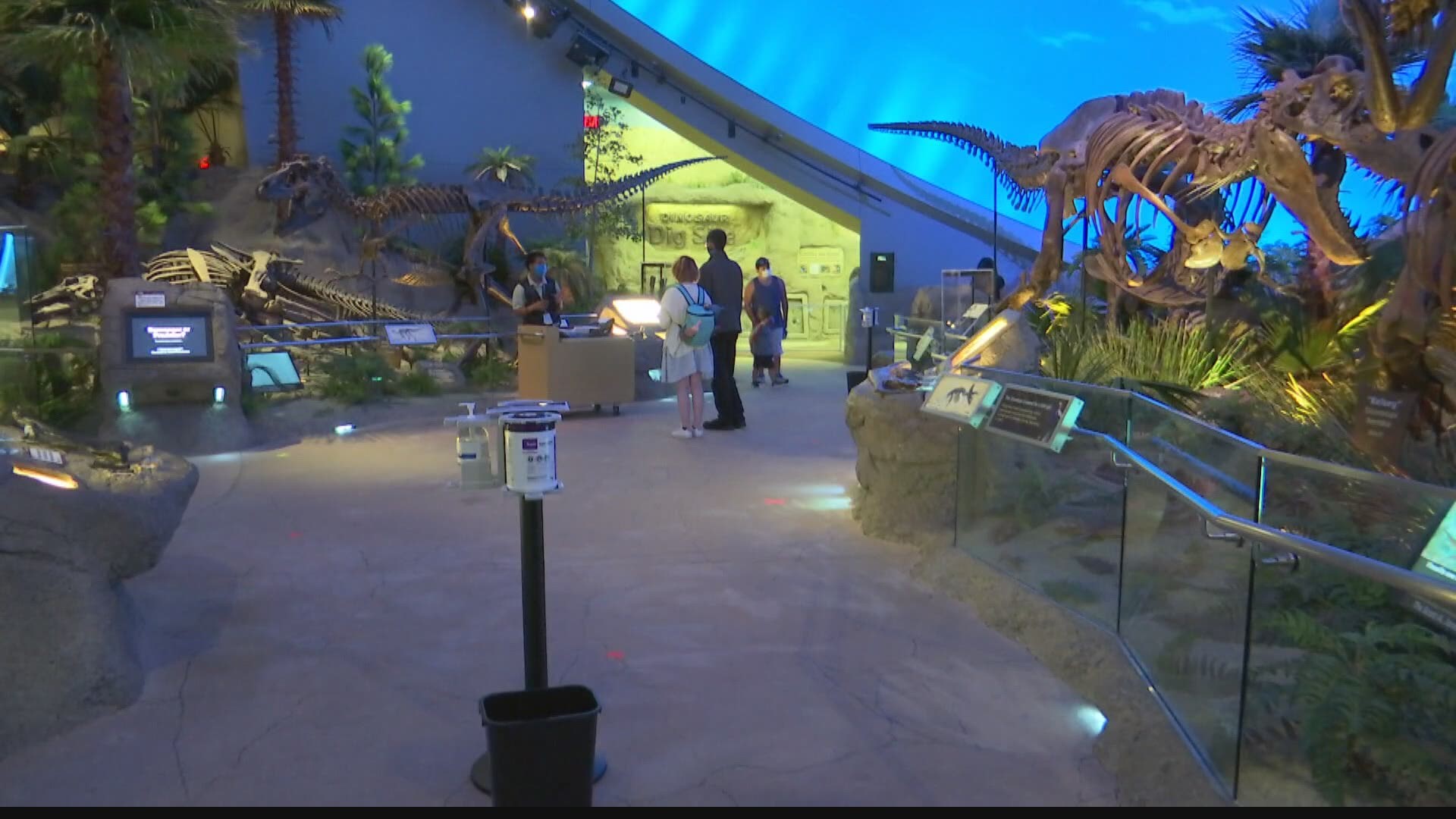INDIANAPOLIS — Cultural institutions across the country are starting to reopen, but some may not be able to recover from the pandemic.
The American Alliance of Museums has said that as many as one in three museums nationwide may have to close for good. How does that bode for Central Indiana?
13News reached out to directors of several museums to see how they're doing and how they feel about the future.
The Children's Museum of Indianapolis is among the area's most popular. It just launched its new Barbie exhibit, which under normal conditions, would likely draw blockbuster crowds.


"We did get a nice bump in attendance," said museum CEO and President Jeff Patchen.
But nothing close to the pre-COVID days, before there were caps on capacity, mandatory masks and social distancing became the norm.
"A busy day would have been four-to-seven thousand. Now there are days when we have just a couple hundred in the building," Patchen said.
In fact, Patchen said they're predicting a $7 to $10 million loss in revenue this year on a nearly $40 million annual budget. That's a big chunk of money.
"We're blessed to have an endowment that actually provides 45 percent of the operating budget," he said. "But still there's the other 55 percent that comes from earned revenue and a bit from contributed revenue."
Newfields attendance is also down dramatically with no art classes, tours or school groups coming through, but a spokesperson said so far, they've had no layoffs.
The museum is hoping for a boost from two popular upcoming outdoor events, Harvest and Winter Lights, which often sell out. But they still need the Marion County Health Department to sign off on the museum's plans to address restricted capacity and social distancing.


Conner Prairie is lucky that the majority of its programming is outdoors, covering a thousand acres of land. As a spokesperson said, it's far easier with that much space to "keep everything open."
Still, with most field trips on hold, they're doing more virtual events, but their annual Corn Maze is definitely in-person.
Jody Blankenship, who heads the Indiana Historical Society, said the pandemic has caused them to change how they operate. They've moved much of their onsite programming online, with some of it for a fee and much of it at no cost to attendees.
Blankenship said with the center closed early on, they had to furlough their front line workers. Like other cultural attractions, they've lost food and beverage revenue and money from their gift shop, though they are pushing more online sales. They've also received assistance from the federal CARES Act and other sources.
"We're planning a worst-case scenario that this could last until next summer," Blankenship said. "We can't predict the future, but at this point in time, my best guess is we will remain a solvent organization and open, unless we're forced to close."
It's a scenario no museum or its patrons and supporters want to see.

